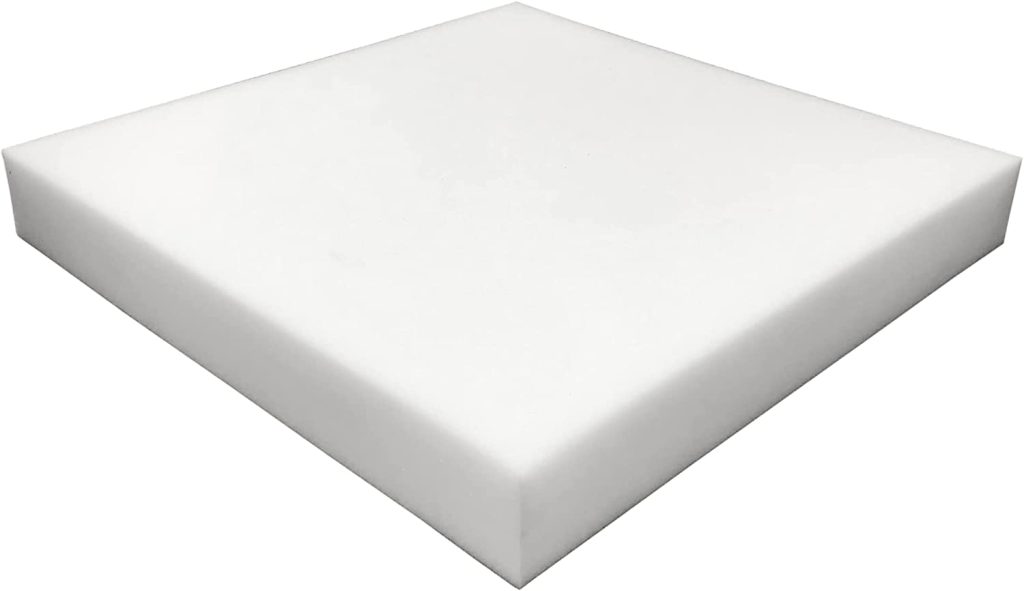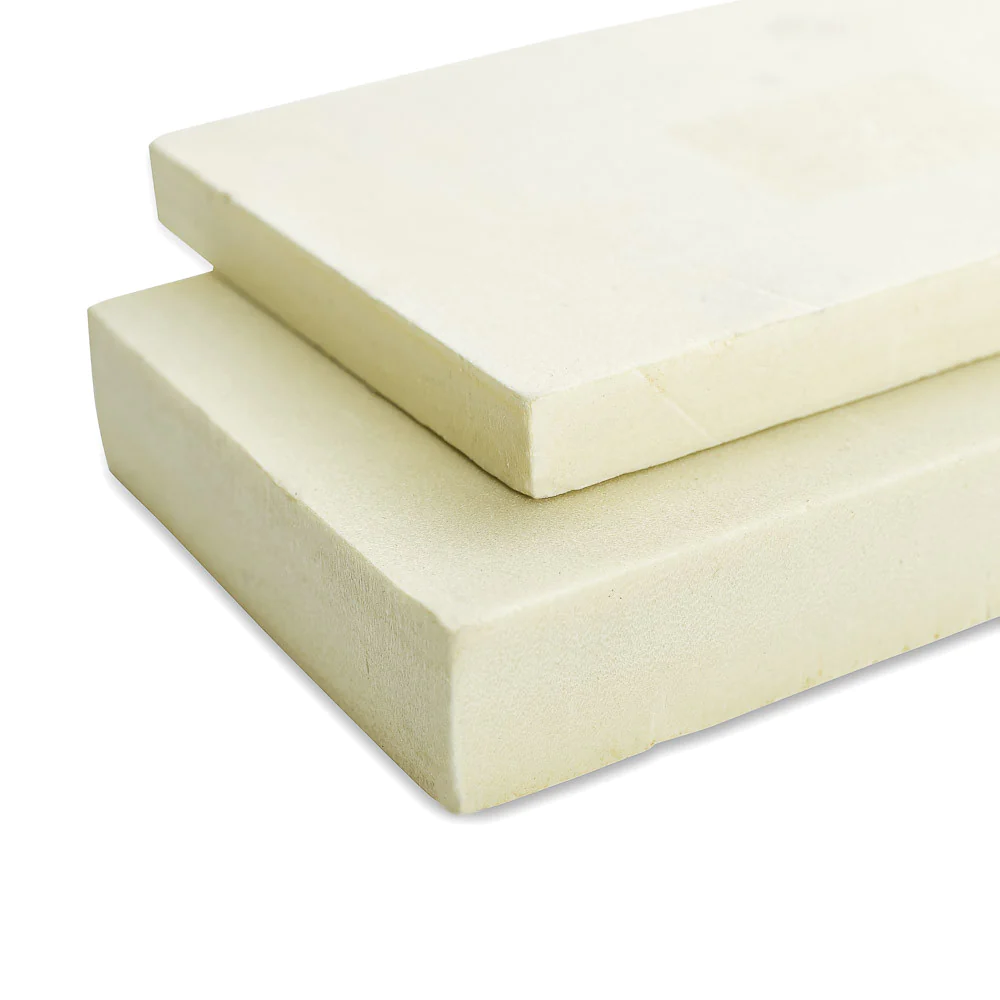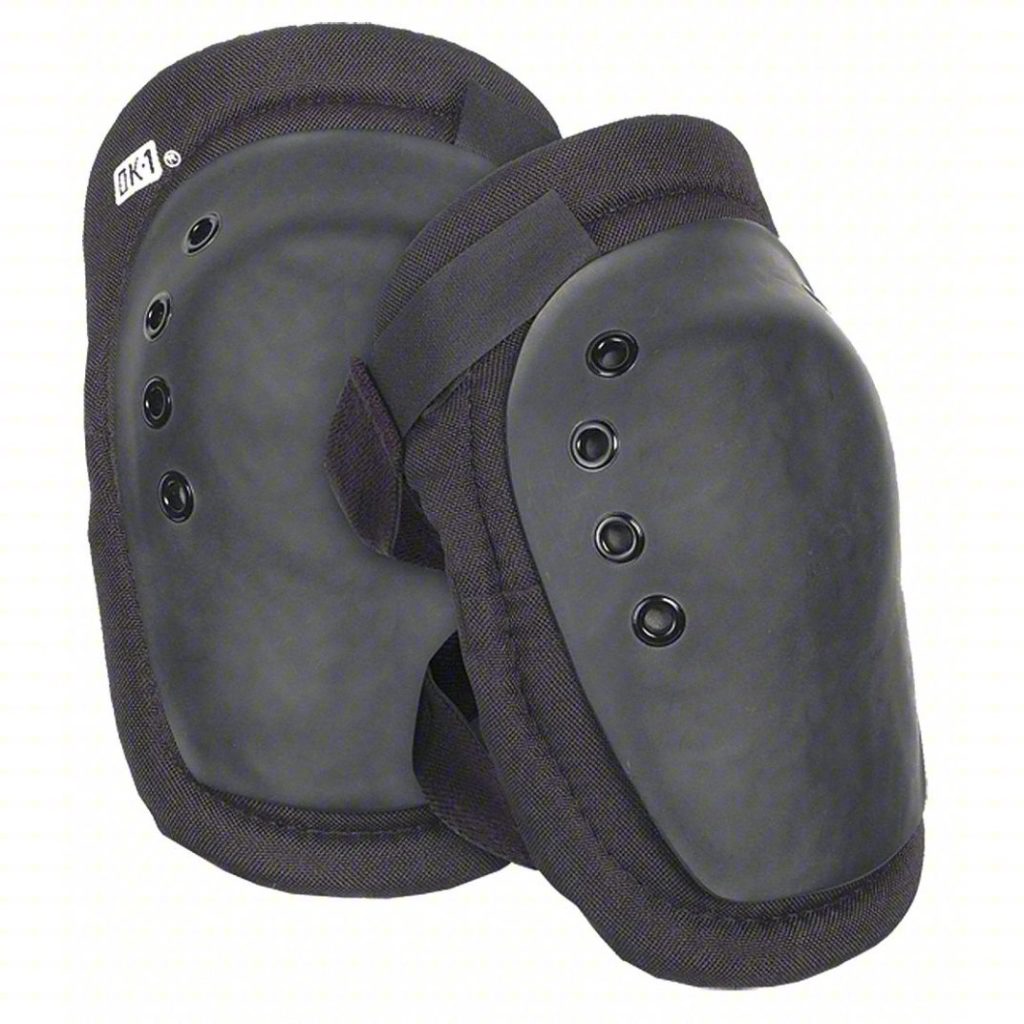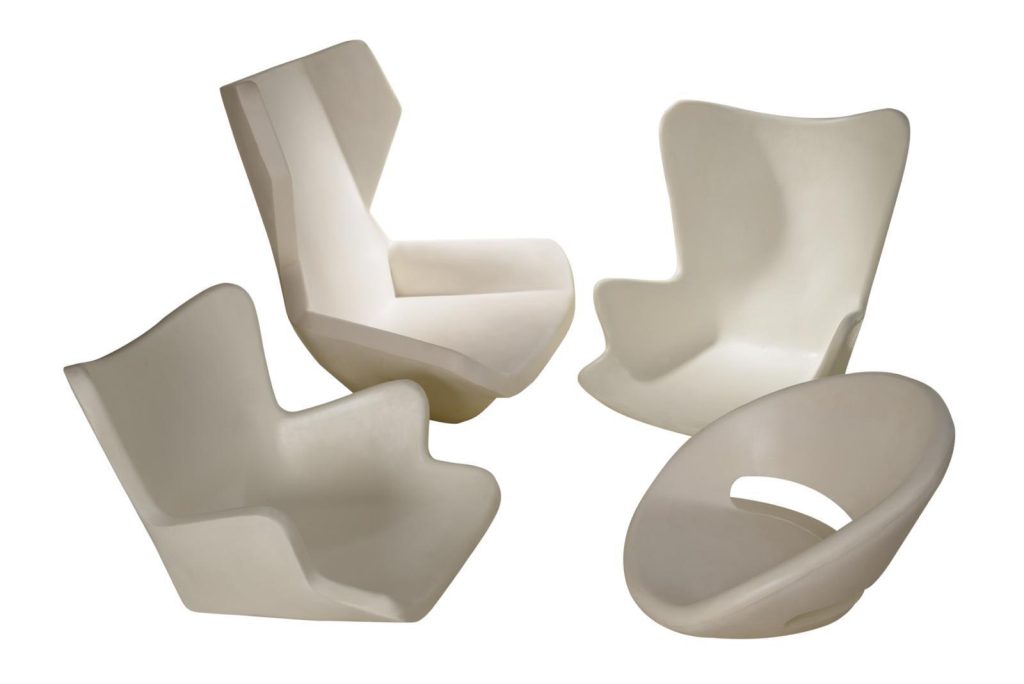padding foam
Padding foam is a type of foam material used for cushioning and protecting objects. It is made from a variety of materials, including polyurethane foam, closed-cell foam, and open-cell foam. Padding foam is commonly used in industries such as automotive, aerospace, and electronics, as well as for packaging and shipping.

Polyurethane foam is a popular choice for padding foam because it is durable and can be easily shaped to fit specific objects. Closed-cell foam, on the other hand, is more rigid and is often used for impact resistance in applications such as sports equipment and protective gear. Open-cell foam is softer and more pliable, making it a good choice for cushioning.
Padding foam comes in different densities and thicknesses to provide varying levels of protection. It can also be coated with various materials such as fabric, plastic, or adhesive to enhance its protective qualities.
Polyurethane foam board is a type of insulation material that is commonly used in construction and building applications. It is made from a closed-cell foam that is created by mixing two liquid components, a polyol and an isocyanate, which react and expand to form a rigid foam.
Polyurethane foam board has several advantages over other types of insulation materials. It has a high R-value, which means it is highly effective at reducing heat transfer and improving energy efficiency. It is also lightweight, easy to handle and install, and has good resistance to moisture, mold, and mildew.
Polyurethane foam board comes in different thicknesses and sizes, making it versatile for a wide range of applications. It can be used to insulate walls, roofs, floors, and foundations, as well as for insulation in refrigeration units and cold storage facilities.
In addition to its insulation properties, polyurethane foam board can also provide structural support, making it an ideal material for use in sandwich panel construction. It is also commonly used as a substrate for various types of laminates, coatings, and coverings.
Polyurethane foam board
Polyurethane foam board is a type of insulation material that is commonly used in construction and building applications. It is made from a closed-cell foam that is created by mixing two liquid components, a polyol and an isocyanate, which react and expand to form a rigid foam.

Polyurethane foam board has several advantages over other types of insulation materials. It has a high R-value, which means it is highly effective at reducing heat transfer and improving energy efficiency. It is also lightweight, easy to handle and install, and has good resistance to moisture, mold, and mildew.
Polyurethane foam board comes in different thicknesses and sizes, making it versatile for a wide range of applications. It can be used to insulate walls, roofs, floors, and foundations, as well as for insulation in refrigeration units and cold storage facilities.
In addition to its insulation properties, polyurethane foam board can also provide structural support, making it an ideal material for use in sandwich panel construction. It is also commonly used as a substrate for various types of laminates, coatings, and coverings.
Polyurethane pad
Polyurethane pads are a type of cushioning material made from polyurethane foam. They are designed to absorb shock and vibration, providing a high level of impact resistance and durability.

Polyurethane pads are commonly used in industrial and commercial applications where heavy machinery and equipment are involved. They are often placed between the equipment and the floor or other surfaces to reduce noise, protect the surface, and absorb shock.
Polyurethane pads are available in various shapes and sizes, including round, rectangular, and square shapes, and can be customized to fit specific applications. They can also be made in different densities to provide varying levels of cushioning and shock absorption.
One of the main advantages of polyurethane pads is their ability to withstand heavy loads and frequent impact without losing their shape or effectiveness. They are also resistant to oil, grease, and other chemicals, making them ideal for use in harsh environments.
Polyurethane pads can be used in a wide range of applications, including automotive, construction, machinery, and electronics. They are a cost-effective solution for reducing noise and vibration, protecting surfaces, and prolonging the life of equipment.
Hydrophilic polyurethane foam
Hydrophilic polyurethane foam is a type of foam material that is designed to absorb and retain water. It is made from a polyurethane polymer that has been modified to have a hydrophilic, or water-loving, nature.

Hydrophilic polyurethane foam is commonly used in a variety of applications, including medical and wound care, cosmetics, and environmental remediation. In wound care, it is often used as a dressing to absorb excess moisture and promote healing. In cosmetics, it is used as a sponge to apply and distribute products evenly. In environmental remediation, it can be used to remove oil or other contaminants from water.
One of the advantages of hydrophilic polyurethane foam is its high absorbency. It can absorb up to 20 times its weight in water, making it an effective material for applications where water absorption is necessary. It is also non-toxic, non-allergenic, and biocompatible, making it safe for use in medical and cosmetic applications.
Hydrophilic polyurethane foam is available in different shapes and sizes, including sheets, rolls, and pads, and can be cut to fit specific applications. It can also be coated or treated with other materials to enhance its properties, such as antimicrobial agents or other chemicals for specific applications.
Polyurethane foam molding
Polyurethane molding foam is a type of foam material used in the manufacturing of various products, including automotive parts, electronic components, and toys. It is made by mixing two liquid components, a polyol and an isocyanate, which react and expand to form a rigid foam.

Polyurethane molding foam has several advantages over other types of foam materials. It can be easily molded into complex shapes and sizes, making it ideal for use in applications where precise shapes and sizes are required. It is also lightweight, durable, and has good resistance to moisture, mold, and mildew.
Polyurethane molding foam is available in different densities, which allows it to be customized for specific applications. Low-density foam is softer and more pliable, while high-density foam is more rigid and offers better structural support.
Polyurethane molding foam can be used in a variety of applications, including:
- Automotive parts, such as seats, headrests, and door panels
- Electronic components, such as computer cases and circuit board housings
- Toys, such as action figures and playsets
- Packaging, such as protective foam inserts for shipping fragile items
In addition to its versatility and durability, polyurethane molding foam is also a cost-effective material, making it a popular choice for manufacturers.